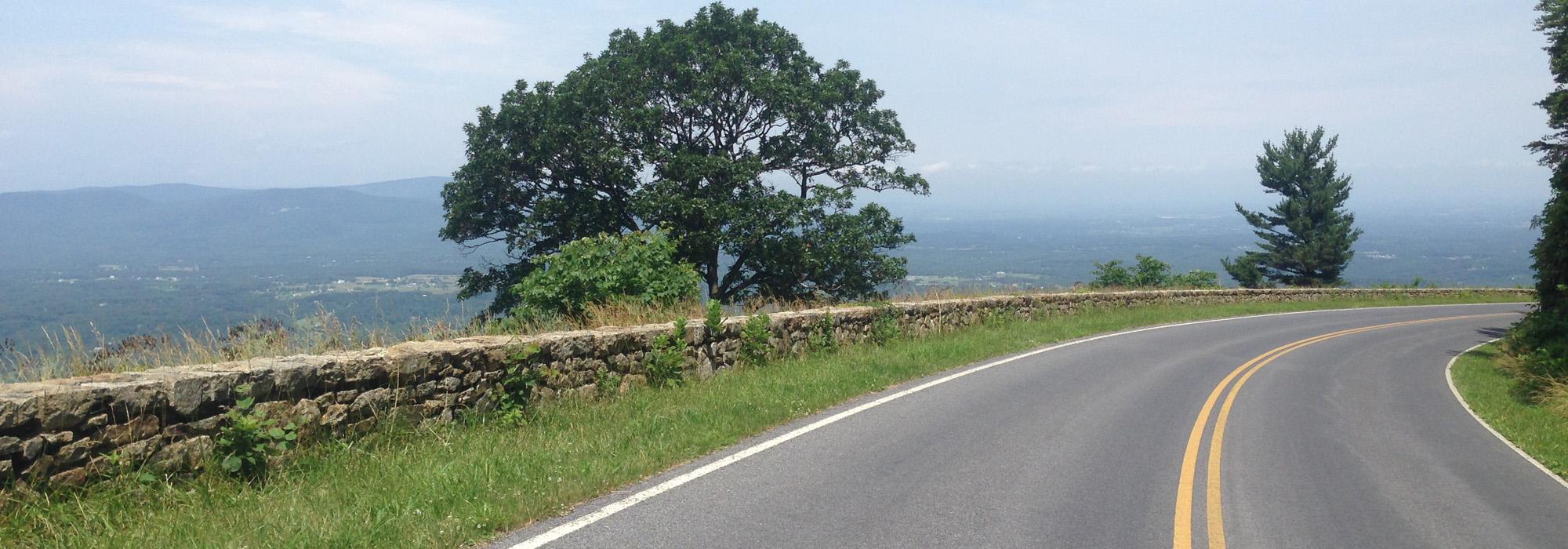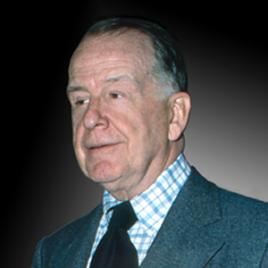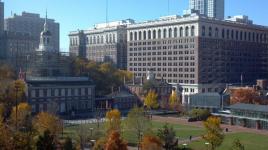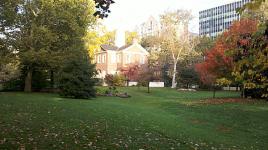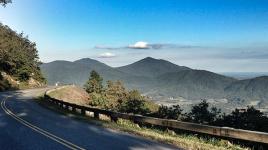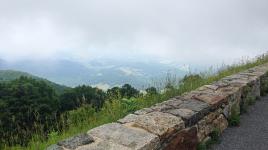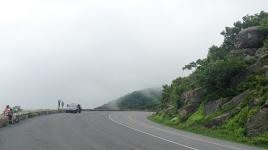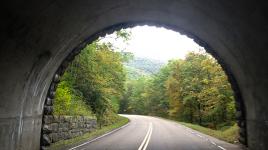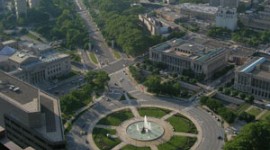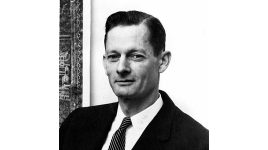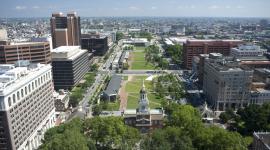Pioneer Information
Born in Madison, Minnesota, Peterson earned a B.A. in architecture from the University of Minnesota in 1928. He then became a surveyor in Sequoia National Park and passed the newly established civil service examination for landscape architects. In 1929, he became an assistant in the National Park Service’s (NPS) landscape office in San Francisco, working under Thomas Vint. Peterson advanced rapidly, and in 1933 he created the Historic American Buildings Survey and became its first director. In the 1930s, both he and Harvey Benson oversaw the implementation of the landscape design for Skyline Drive in Virginia’s Shenandoah National Park. During World War II, Peterson served as chief of the Advance Base Engineering Division at Pearl Harbor. Following the war, he started the NPS’s Philadelphia office, where he worked with architect Grant Simon to develop the Independence National Historical Park. In the 1950s, both Peterson and Edmund Bacon played a crucial role in the revitalization of Philadelphia’s Society Hill neighborhood. Peterson served on the Philadelphia Historical Commission from 1956 to 1964. He left the NPS in 1962 and began a private practice consulting on historic preservation. Peterson served as president of the Society of Architectural Historians and authored The Life and Works of Robert Smith (2000). He became a Fellow of the American Institute of Architects in 1962 and a founding member of the Association for Preservation Technology in 1968, serving as its president the following year. Among his many awards are the National Trust for Historic Preservation’s Louise du Pont Crowninshield Award (1965) and the Institute of Classical Architecture’s Arthur Ross Award for History (2004). Never officially retiring, Peterson died from an aneurysm at the age of 97 in Philadelphia.



